The Reichenau Epistolary
This opulent liturgical book, a rare survival, was made at the monastery of Reichenau, in southern Germany, c. 960-980. Gold and silver letters on purple pages evoke imperial status, wealth, learning and taste.
A fine example of the Reichenau school of illumination, this manuscript contains readings for major liturgical feasts drawn from St Paul’s letters, the Acts of the Apostles and the Old Testament. It is among the most important witnesses for the early history of the Western liturgy. The decoration is typical of volumes produced at the courts of the late Roman and Byzantine Emperors, and of manuscripts made in imitation of these during the cultural revival fostered by Charlemagne. This type of decoration had an enduring appeal and is also found in the most sumptuous 10th-century Ottonian manuscripts, including the present volume.
Learn more about the manuscript by exploring the sections below or selecting folios on the right. Discover further details by choosing folio 74r, where you can view the hotspots by clicking on ![]() .
.
Most early medieval craftsmen are anonymous, but the decoration in this manuscript has been attributed to the scribe and artist Eburnant who signed a Sacramentary made in Reichenau before 983 for Abbot Adalbert of Hornbach (Solothurn, Cathedral of St Ursus, MS U 1). The ornament in the Hornbach Sacramentary has strong affinities with the design and palette of the Fitzwilliam manuscript, which is why the latter has also been linked to Ebernant.
The commissioner and intended user of this manuscript are unknown, but the rich materials and refined execution suggest high ecclesiastical patronage. The manuscript may have been produced for presentation outside Reichenau. Later owners include François-Didier Petit de Meurville (1793-1873), Jean-Baptiste-Joseph Barrois (1784-1855), Bertram, fourth earl of Ashburnham (1797-1878), and Bertram, fifth earl of Ashburnham (1840-1913). The volume was sold at Sotheby’s, London, 10-14 June 1901, lot 189 and purchased by Frank McClean (1837-1904) who bequeathed it to the Fitzwilliam Museum in 1904.
Full-page, framed initials in silver and gold with foliate ornament and interlaced tendrils sometimes terminating in animal and bird-like heads, introduce the readings for major feasts: the Vigil for Christmas, Christmas, Good Friday to Easter Sunday, Pentecost, Assumption of the Virgin and All Saints. These grand initials are accompanied by texts written in gold on purple, blue, or orange grounds. A similar half-page initial in gold on a purple ground marks the reading for the Feast of Epiphany. Unframed gold and silver initials on purple, blue, orange or yellow grounds introduce the minor feasts. While scribes from St Gall and Reichenau collaborated on the text, and some feasts acquired musical notation added in neumes of a St Gall type (fols. 7r, 7v, 8v), the exuberant ornament is related to the so-called Anno group of Reichenau illumination. Red initials are used throughout for headings and opening words.
The manuscript is decorated with a simple, homogeneous palette, characterised by a lavish display of gold and silver. The artist also made extensive use of red lead, organic purple, ultramarine blue and a mixture of azurite and lead white to obtain a turquoise hue. Lead white and dark blue indigo were used for small decorative details and outlines. Yellow hues were probably obtained with an organic colourant, which may also have been mixed with small amounts of azurite to paint a small green area on fol. 74r.
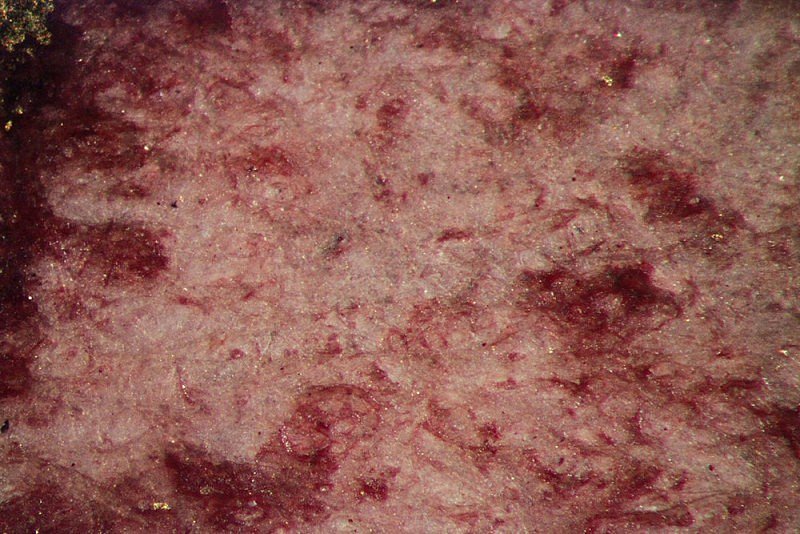
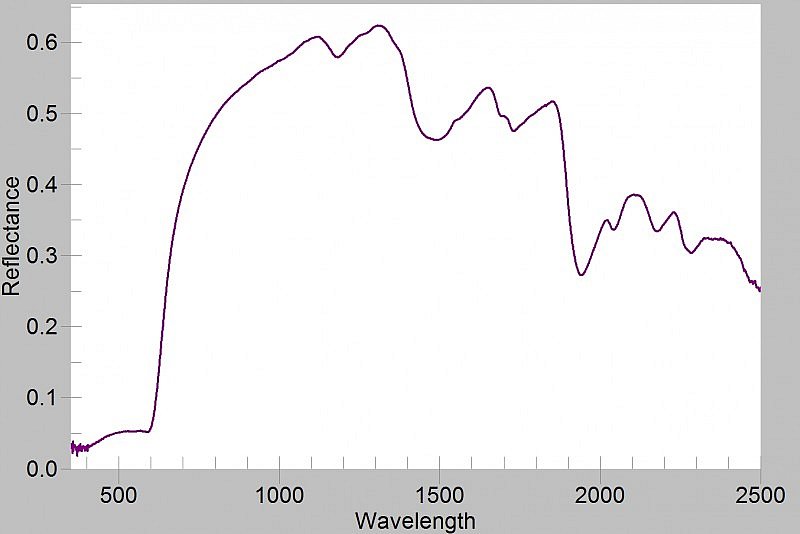
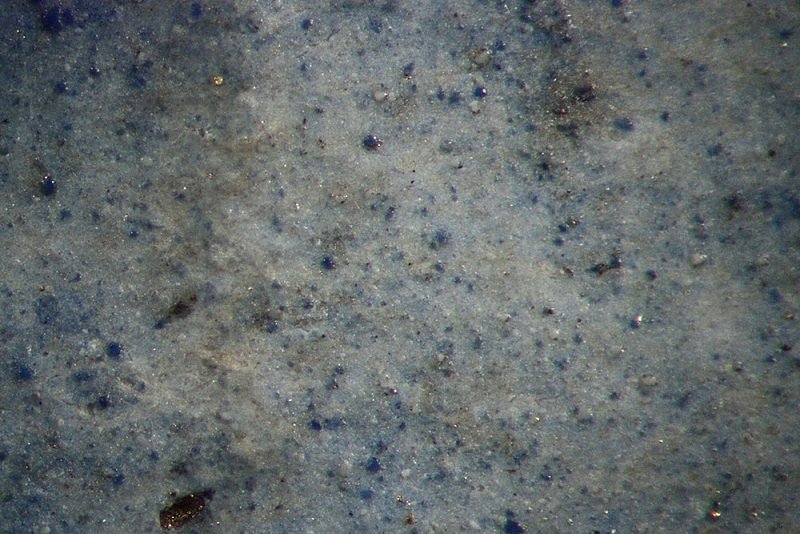
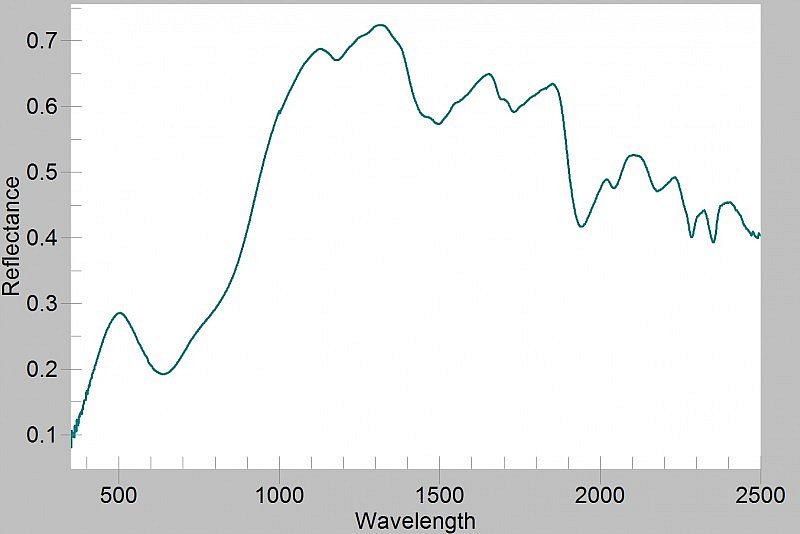
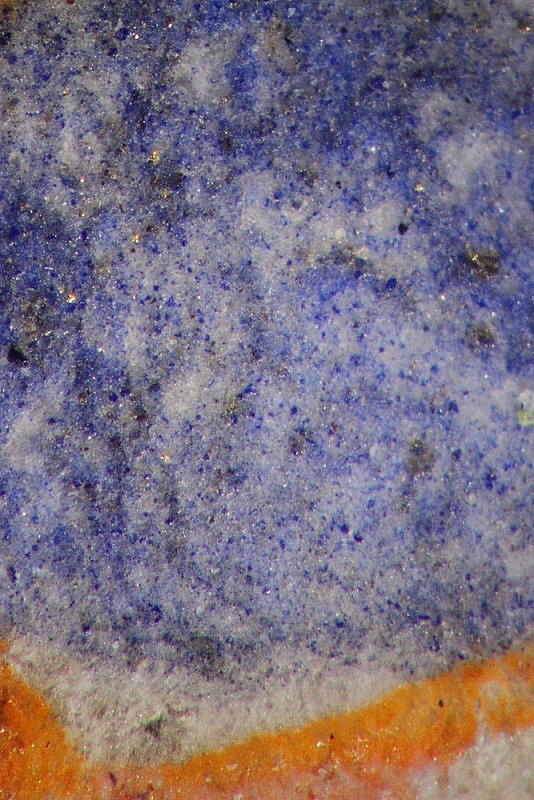
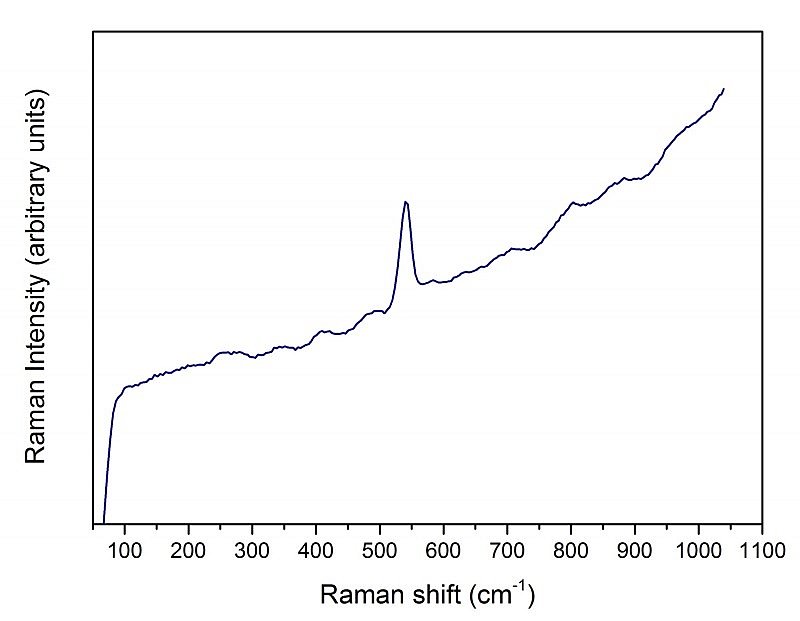
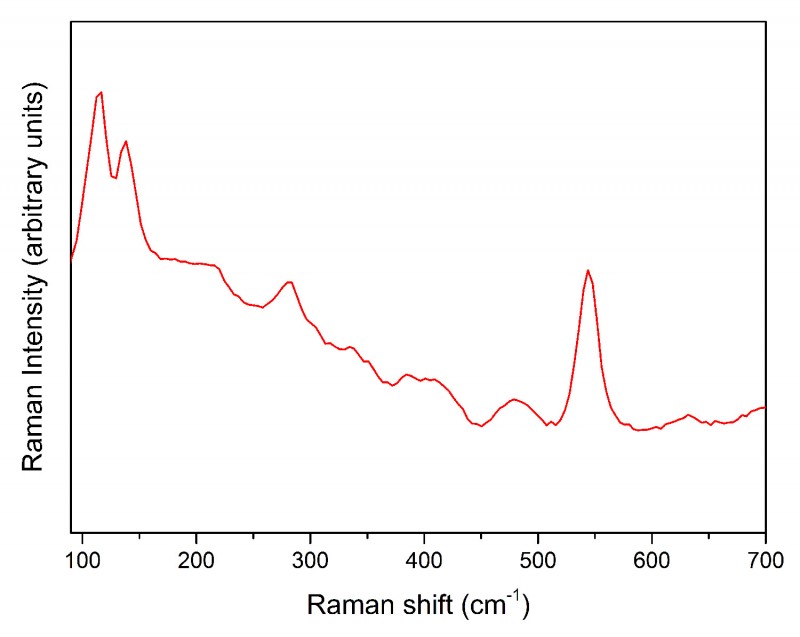
Framed panel with half-page ornamental initial E (Good Friday-Easter Sunday)
The gold letters are set against a background painted unevenly in a lichen-derived organic purple, most likely orchil (hotspot 1). The same purple mixed with lead white provided the pale background of the lower portion of the initial. The striking turquoise in the upper portion was identified as azurite lightened with lead white (hotspot 2). The blue details were painted with the fabulously expensive ultramarine, still scarce in this early period (hotspot 3). The bright orange areas were painted with red lead, which contains traces of massicot, a lead oxide roasted to produce red lead. Indicating an incomplete roasting process, the massicot reveals that the orange pigment was artificially made for this manuscript, rather than sourced from naturally occurring minium (hotspot 4). The combination of mineral and organic, naturally available and specially manufactured, local and imported materials is a measure of the sophisticated tastes and advanced technical skills available in 10th-century Reichenau.